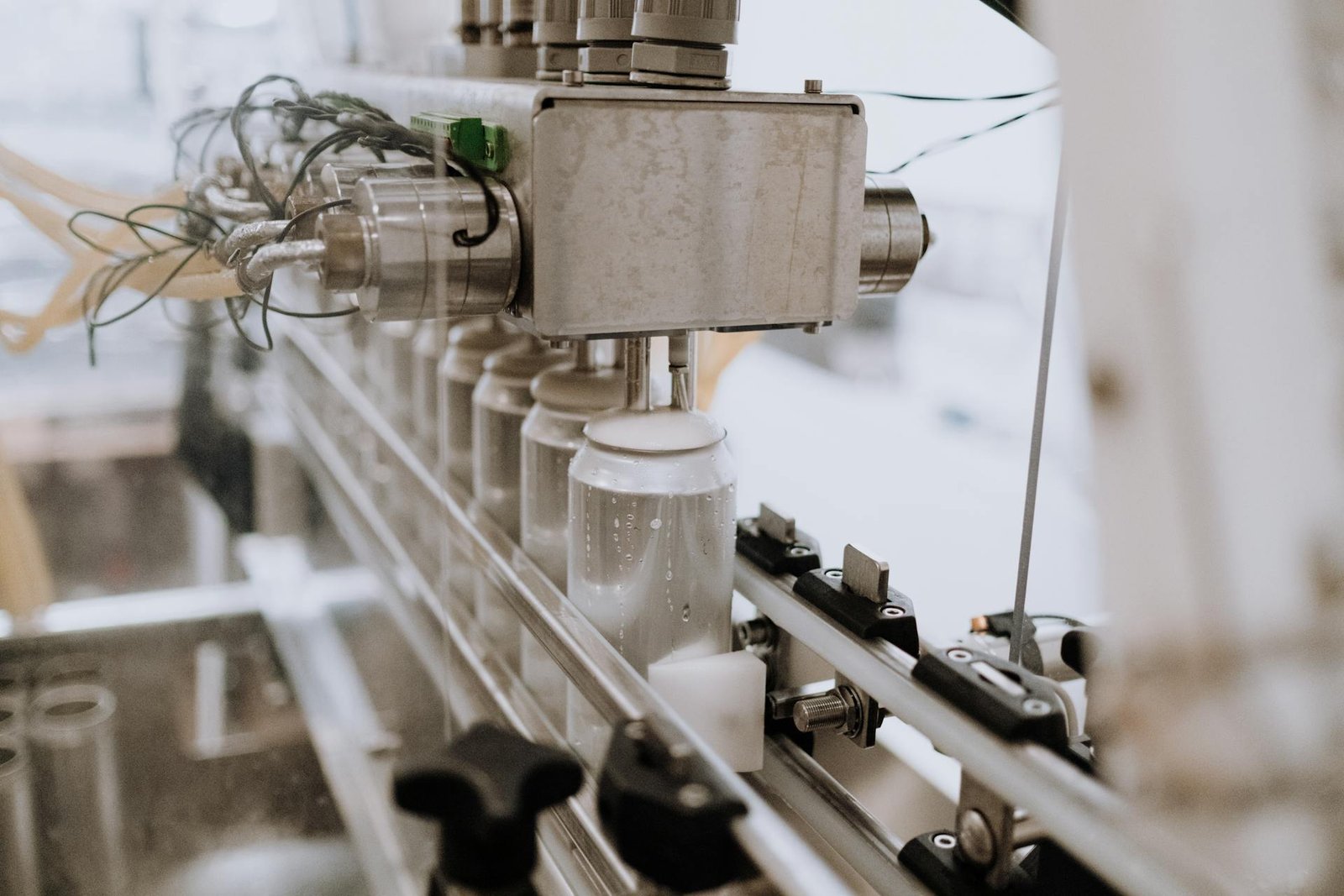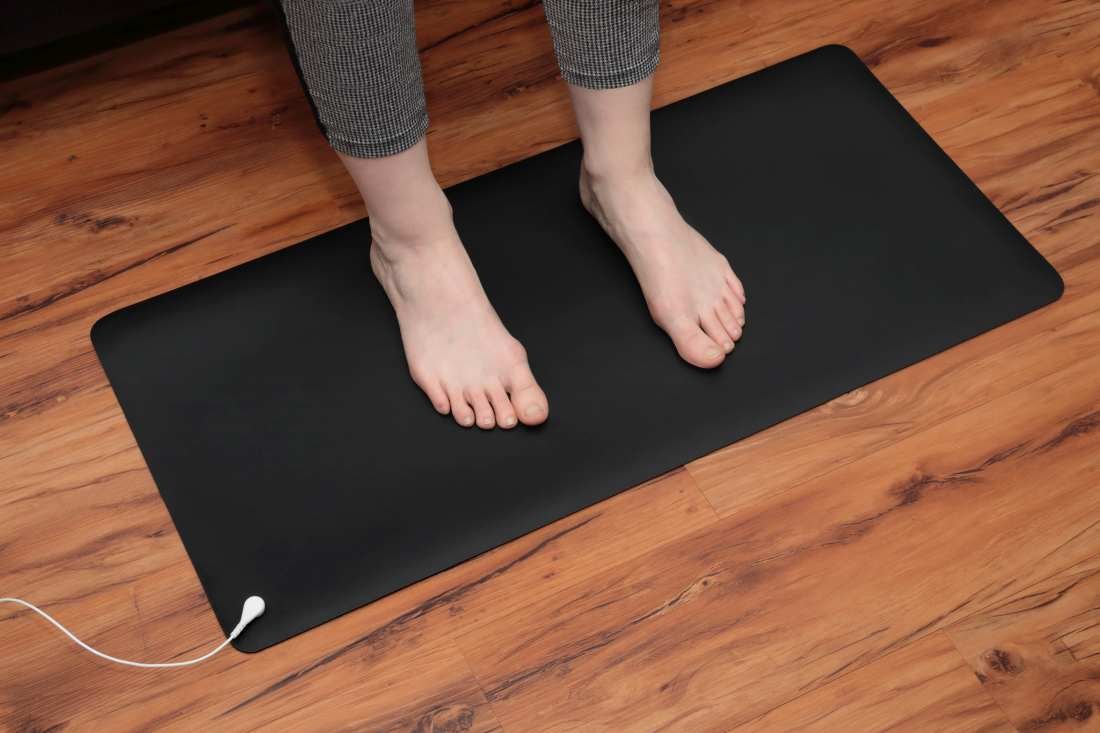Industrial automation systems have become increasingly essential among manufacturers. With today’s fast-paced manufacturing and competitive initiative, companies must up their efficiency and productivity to stay ahead. Although industrial automation is the answer, having a system does not guarantee success. Companies must take measures to ensure these systems operate effectively and efficiently. Regular inspections and optimization will keep these systems operating at their peak and help ensure success.
Regular System Audits
Performing regular audits will help you Optimize Industrial Automation Systems. System audits help manufacturers identify system weaknesses, including outdated equipment. There are a few important steps in system auditing:
- Examine the system’s output
- Measure the current performance
- Identify any issues with energy consumption
- Analyze data
- Audits provide valuable information that can help businesses meet issues head-on before they become significant concerns. Being proactive will protect any automation system equipment’s normal function and longevity.
Upgrade Outdated Equipment
Outdated equipment can slow down the system and decrease efficiency and output. As automation technology evolves rapidly, businesses must update their systems regularly to keep up with changing solutions. Areas to upgrade include:
- Sensors
- Control units
- Communication devices
- Use Predictive Maintenance
Predictive maintenance is a critical step in optimization and one of the most beneficial ways of preventing downtime. Special sensors constantly monitor the state of the equipment and produce data in real-time. Predictive maintenance can determine excessive vibration, overheating, or wear and tear issues. Using this data, businesses can stay on top of their equipment function and take care of issues before they cause breakdowns and disrupt productivity.
Software and Control System Optimization
The software that controls automation systems is integral to their function. It is essential to audit the software regularly to ensure it is up-to-date and operating effectively. Businesses may need to make minute changes to the algorithms and consider using AI for more effective decision-making.
Consider Enhancing Training
Many people mistakenly believe automation systems never need human intervention, but this is not the case. Even the most advanced systems require human operators to maintain them for optimal performance. Training employees to stay current with technological advances ensures they can operate and maintain the automation equipment.
Offering ongoing training programs that focus on changing methods of system optimization, advanced system controls, and data analysis is wise. A highly trained workforce means less downtime and increased productivity using automation systems.
Monitor Energy Consumption
Automation systems aim to reduce energy consumption as much as possible. With real-time monitoring tools, businesses can determine areas of increased energy consumption. Most modern automation systems come with built-in energy consumption monitoring tools to monitor various equipment for signs of energy waste. Monitoring energy consumption helps to keep operating costs as low as possible.
Maximize Automation System Performance
Optimizing automation system performance involves several key factors. Regular audits, software and equipment upgrades, and monitoring tools help businesses stay connected to their systems, ensure proper function, and increase productivity. It is important to take a proactive approach to optimization and continue evaluating any issues to make changes. With ongoing audits, optimization becomes easier, which naturally leads to greater productivity.






